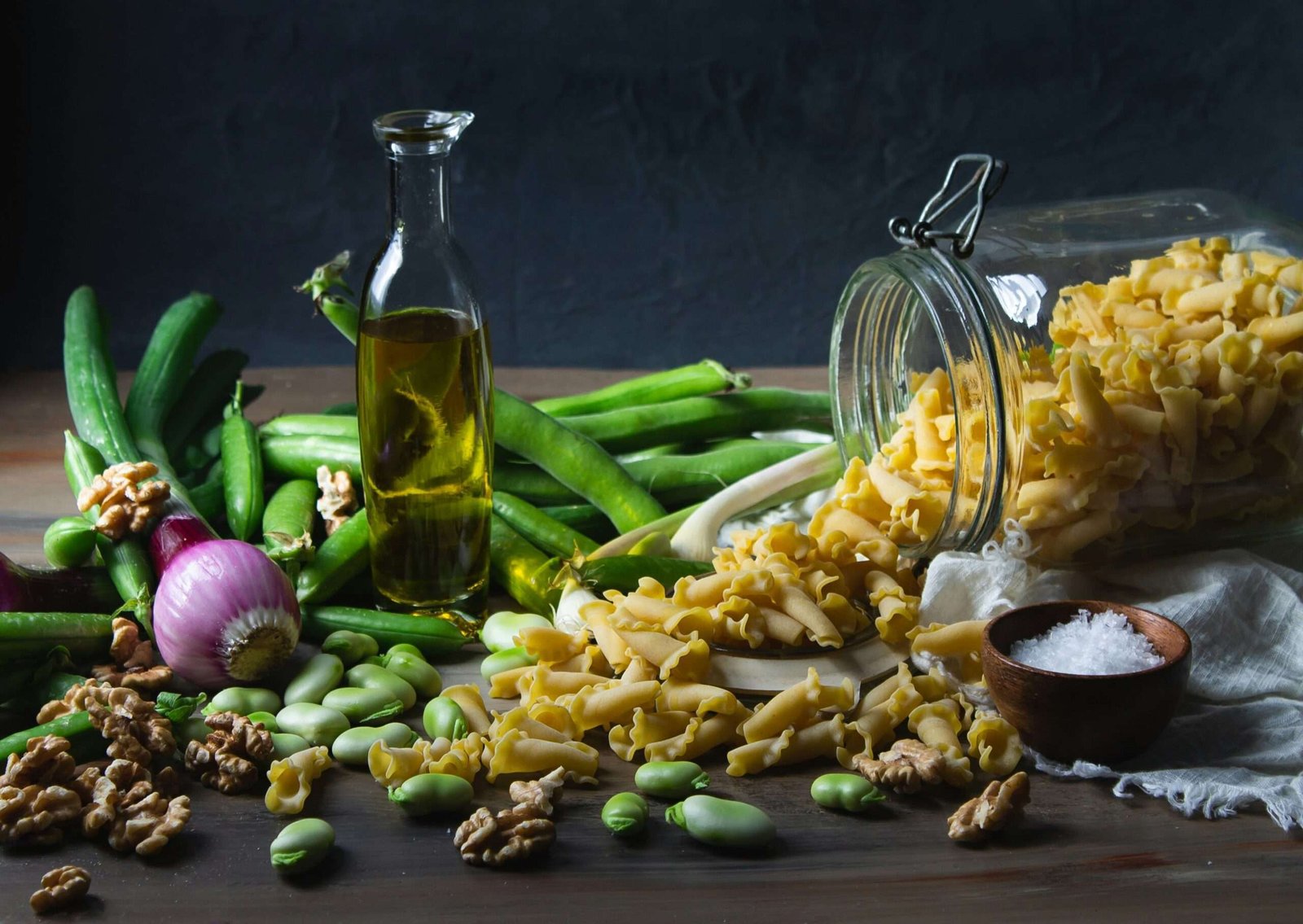“You’ll Be Surprised by the Healthiest Oil for Frying!”
There are countless food lists out there that offer advice on the healthiest oil foods to eat, yet few (if any) would include fried foods. But there are times (OK, quite a few) when you crave something crunchy and delicious — that isn’t necessarily air fryer-friendly. But both deep-fried French fries and fish, as well as crispy doughnuts made with the best ingredients can be a healthy food choice by using the right frying oils.

Spoiler: Olive oil is high up there as one of the healthiest for frying but you just gotta do it right. Soybean oil & Peanut Oil – are also good sources of Omega-6s while avoiding the health concerns associated with both canola and corn oils.
While it takes to take the joy out of good-old deep frying, how can you ensure that are using the healthiest oil for cooking when frying? Check out how to choose the best oil for your next recipe with Tami Best, MS, RDN, IFNCP at Top Nutrition Counseling.
How to Cook at the Right Temperature
I guess you know that olive oil is not good for frying, right? “The truth is many people misuse frying oil by letting their frying oils get too hot, ” Best explained. Heating frying oil to higher than the smoke point makes it react with oxygen. Our body goes into chaos at the cellular level when we consume these foods that contain those oxidized oils.
Food scientists say that’s the magic number for getting good fried foods—and avoiding oxidation damage to your health.
That’s among the many good reasons to keep frying in that 350-to-375-degree sweet spot (lower, and all you get is greasy food; higher, and it burns before cooking through). If you’re frying food with oil at too low temperatures, the liquid will use this opportunity to seep into your fried goodies (via Best). Cooking them at temperatures too high will dry the product and expose you to oxidized fat particles, which are harmful.
Many of the healthiest cooking oils have high smoke points, too—olive oil is at 410 degrees—the temperature your oil gets to be before it’s unhealthy.
Cooking thermometer (or you can use a meat thermometer!) So you can gauge when it’s ready to fry, a few key signs will appear in the oil allowing. Instead, insert a wooden spoon or chopstick into the oil. Proper welding zone with bubbles. (If it’s bubbling, you’ve gone a little too hot and will probably turn the heat down slightly before adding your first batch for cooking.)
Polyunsaturated vs Monounsaturated Oils (and Saturated Fats)
Think about the bonds with which carbon is bound up, this will help you to discriminate between polyunsaturated and monounsaturated oils. Polyunsaturated oils have more than one double-carbon bond, while monounsaturated oil has a single. Saturated fats have zero.
Oils with monounsaturated or saturated fatty acids stand up to heat and are less apt to oxidize (produce cell-damaging free radicals) when they encounter oxygen, Best explains. It shows that replacing energy from total fat or saturated fats with polyunsaturated and monounsaturated fatty acids could prove to be some healthful benefits, namely ameliorated insulin resistance. 1
Monounsaturated Oils include Olive Oil and Avocado, Peanut etc. 3
That isn’t to say polyunsaturated oils—like almond, walnut, flaxseed, and wheat germ—are bad. Best explains that “these oils can help our health.” I take them out after cooking and reuse the pots to make a salad dressing or just drizzle on veggies.
Don’t Save Your Deep Fry Oil
It might seem like a waste to throw away all of that oil when you are deep frying something in a large batch. However, Best says always use fresh oil for frying and never reuse it because the temperature at which you fry food causes oxidation in the body (Oxidation is when oils heat passed their smoke point). That means you can just chuck it and bring out some new oil the next time a deep-frying craving strikes!
Be Wary About Saturated Fats
Organic, pasture-raised animal butter or ghee might be another solid frying option. Animals fed grains deliver the antinutrient omega-6s and pro-inflammatory fats into food. The Apprenticeship Of A Biological Farmer15 Flavorful Dishes That Could Reduce Risk Of Chronic Disease Miles development has boosted butter and ghee production at Butterworks in VermontGrain-fed versus pasture-raisedWhen Good Animals Do Bad ThingsGain access by fixing your identity. Saturated fats also include butter, ghee, and coconut or palm oil.
Good Cooking Oil For Frying
What are the best cooking oils for frying? He recommends olive, avocado, soybean, and safflower oils; they contain monosaturated fats that are more stable when heated.
While butter and ghee are both saturated fats, they can be used to fry as well but with a few exceptions. Butter or ghee from grass-fed, pasture-raised animals are recommended by Best for their higher levels of healthy fats. However, they are likely to be not as good for your heart as the monounsaturated oils. “The research is mixed on.






One Comment